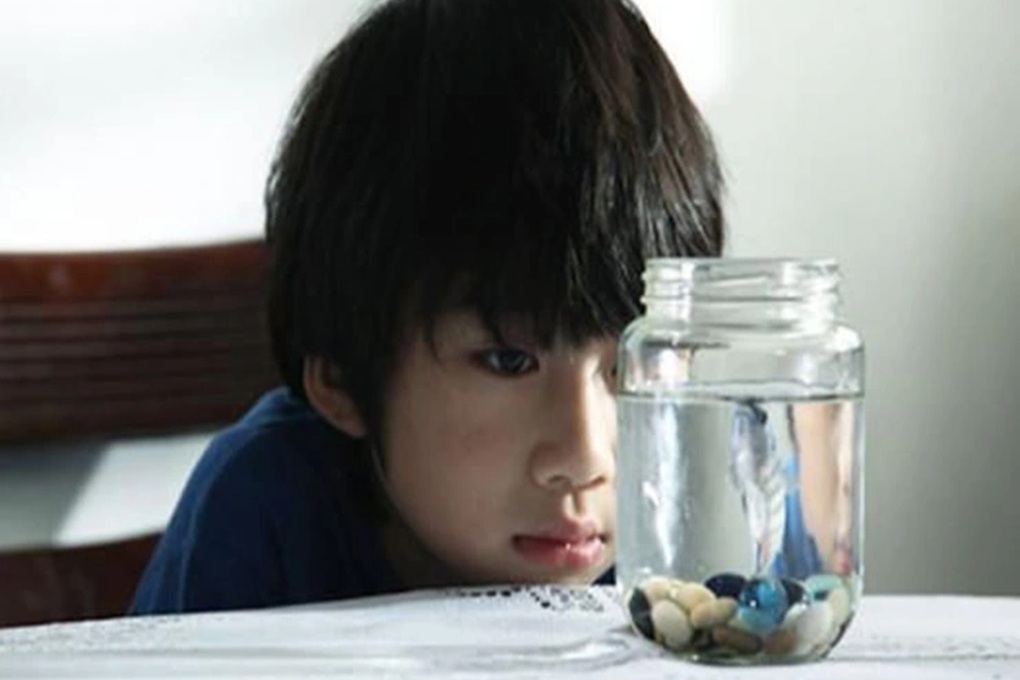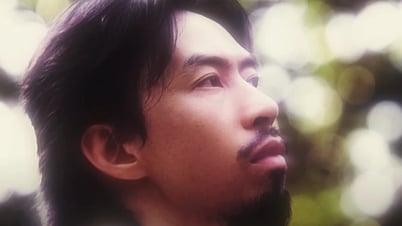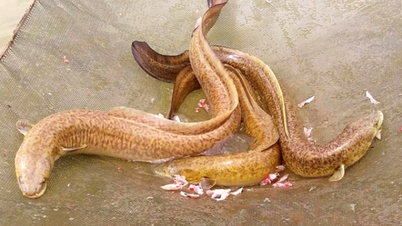According to a warning from a Harvard University study, if children suddenly especially love three colors: gray, blue and black, parents should observe more closely to promptly detect signs of psychological instability in their children.
Color and its relationship to mental state
Color is not simply a visual phenomenon. Scientists have long proven that the human brain receives more than 80% of its information through vision, and that color can activate emotional regions - directly affecting mood, behavior and even mental health.

Favorite colors can reflect psychological problems in children (Photo: Getty).
A remarkable study conducted by Harvard University and the University of Vermont analyzed more than 43,000 Instagram photos from 166 users, including those diagnosed with depression and those who were completely healthy.
The results showed that people with depression tended to choose cool, dim photo filters — like gray or blue — and rarely posted happy photos or selfies. In contrast, healthy people preferred warmer colors and brighter, more vibrant images.
More importantly, the researchers also built a model that can predict signs of depression just by analyzing colors in photos, with up to 70% accuracy.
This suggests a new direction in early detection of psychological disorders through seemingly mundane manifestations - such as color preferences.
When Your Child Only Loves Gray, Blue, and Black: Signs You Shouldn't Ignore
In the world of young children, loving colors is very natural. However, if your child suddenly shows a special love for dark, muted colors - and maintains this infatuation for a long time - it may be a manifestation of an internal problem.
Gray, which is an elegant color in design, has an ambiguous, negative meaning if children are too attached to it.
Children who love the color gray are often those who feel confused, disoriented, or tend to withdraw and not want to share their feelings. In some cases, gray also reflects a depressed mood and lack of energy.
Blue is no exception. While it is a popular color among many children, especially boys, a shift from bright colors to a deep blue obsession can be a sign of depression.
Blue has been used by many artists to express feelings of sadness and loneliness - such as in famous paintings by Van Gogh or movies with dark themes. Children who are immersed in the color blue may be feeling helpless or isolated in their social relationships.
And black - a color often associated with loss and pressure - when chosen too often by children can reflect a state of deep loneliness.
A psychological study once showed that people sitting in a space that was completely black were more likely to have negative feelings than normal. Children's preference for the color black not only shows loneliness but also warns of mental trauma or a desire for more attention.
Don't jump to conclusions, but don't be indifferent.
Although there is a lot of scientific evidence supporting the link between color and mental health, parents should not worry too much or give their children "early diagnoses" just because of color preferences. A child's favorite color does not mean that he or she has a mental illness.
However, if that interest appears suddenly, intensely, and is accompanied by symptoms such as sadness, withdrawal, reduced social interaction, or loss of interest in daily activities, parents should consider consulting a psychologist.
Source: https://dantri.com.vn/khoa-hoc/dh-harvard-tre-bong-thich-3-mau-nay-co-the-dang-gap-van-de-tam-ly-20250506075053278.htm




































































































Comment (0)